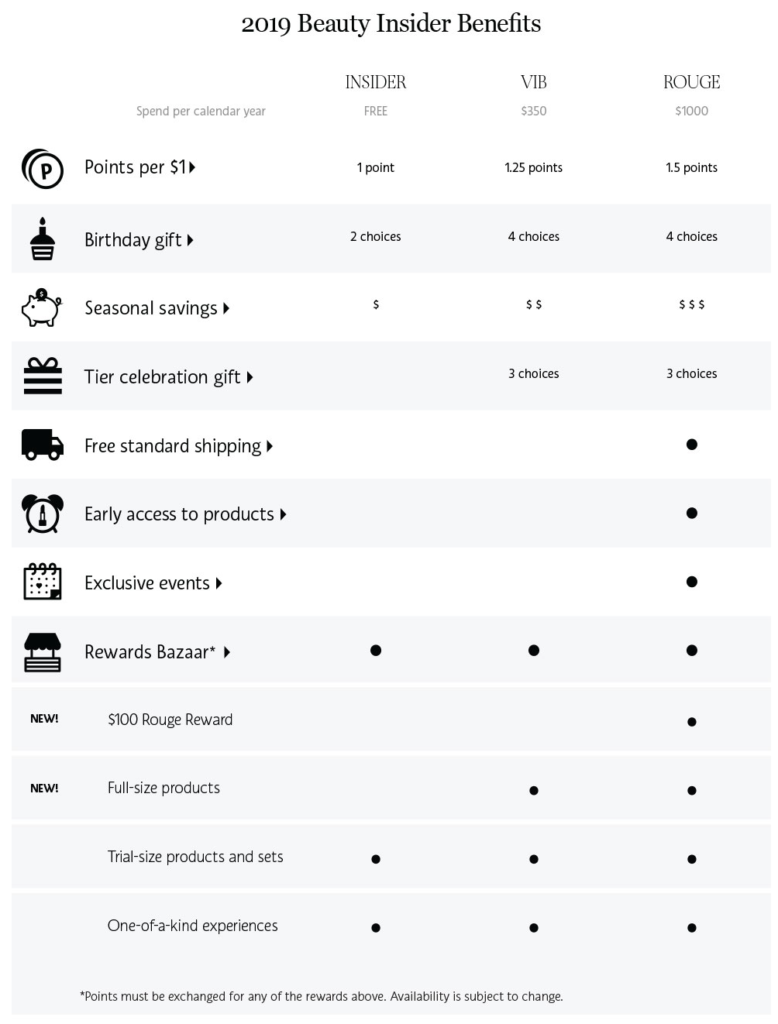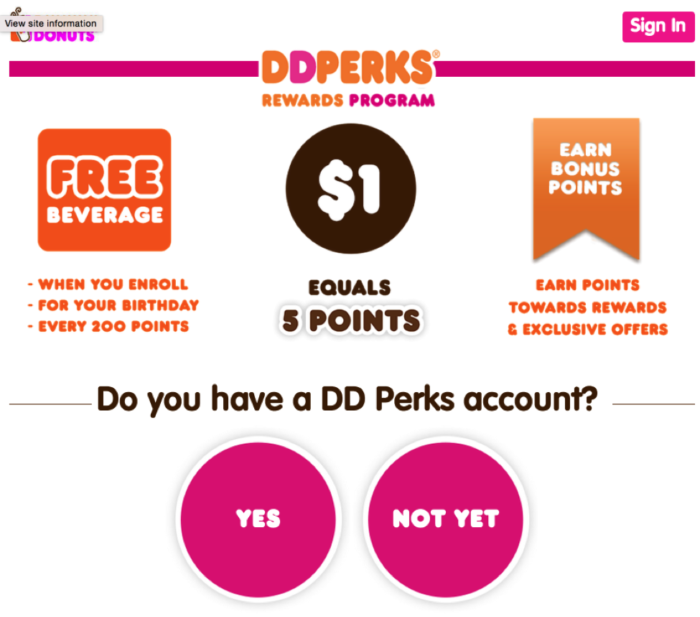They say the grass is always greener on the other side of the fence, but when it comes to eCommerce customers, that’s not necessarily true. Studies show that retaining your existing customers costs five times less than acquiring new ones. Repeat customers are more likely to try new products, and on average they spend more, too. That’s a lot of green.
Merchants have many tools to entice customers to come back for more, but perhaps none are as direct and effective as a customer loyalty program. These programs typically offer discounts, exclusive offers, freebies, and other special incentives that encourage customers to keep buying from the same shop.
Loyalty programs are endlessly customizable to meet the specific needs of your business and your customers. This can make launching one a daunting prospect. How should the program be structured? What types of benefits should you offer? When you’re starting from scratch, these decisions aren’t always obvious.
If you’re thinking about starting a loyalty program for your customers, here’s how to get started.
The 7-Step Retail Loyalty Program Process
If you want to design a retail loyalty program that’s a win/win for you and your customers, increases your sales, and delivers rewards that make your customers happy, here’s a seven-step process that will get you on your way.
Step 1: Determine If You Need One
The first thing you need to do is determine if a reward program is a good idea for the type of business you’re operating. For example, if you’re a seller of factory equipment, the “Buy 10 and Get 1 Free” loyalty program used by your local coffee shop probably won’t help drive sales.
Loyalty programs work best for merchants who have a steady stream of incoming orders, and a customer base that is likely to purchase similar items again in the future. However, specialized retailers may still find use for them. When specialized retailers develop their program, they must place the needs and buying patterns of their customers at the forefront for it to be effective.
Step 2: Know Your Audience
Everybody likes discounts and free stuff. When you really know your customers—what they’re looking for, why they’re shopping with you, and what grabs their attention—you can offer loyalty rewards that go beyond the basic and obvious, creating exceptionally positive associations with your brand.
Sephora is a great example of a company that knows what their customers want, and how to create a loyalty program that builds a genuinely strong relationship. The basis of their Beauty Insider program is a simple point system. Customers earn redeemable points every time they make a purchase. Where the Sephora program stands out from the rest is in the diverse point redemption options offered.

Makeup is a product that customers will purchase repeatedly, but it can also be expensive. For some customers, it’s a luxury item they can sometimes go without. Sephora’s loyalty program allows customers to redeem points for store credit, discounts, limited edition products, or in-store makeup tutorials.
The program is designed to give customers ways to redeem points and engage with Sephora regardless of their current makeup budget — and without lessening the perception of Sephora as a high-end brand.
Step 3: Create Exclusivity
We’re all humans. As humans, we’re susceptible to status symbols, whether we like to admit it or not—and most of the time, the emphasis really is on the symbol. When somebody lays down a black American Express card to settle a restaurant bill, is anyone really thinking about the airport and hotel benefits it comes with, or the annual fee it costs to get one?
Mostly, we just think the card looks cool.
Giving a loyalty program signifiers of exclusivity may look a little silly under scrutiny, but it really does increase the appeal. Take the example of Sephora above: their loyalty program is called “Beauty Insider.” Who doesn’t want to be an insider?
While it is always possible to go overboard into pretentiousness, there are many ways to create a feel of exclusivity and status within your loyalty program. Best of all, most of them will cost you nothing to implement.
Step 4: Make It An Experience
A startlingly high percentage of loyalty program members sign up, accumulate points, and never, ever use them. A good program should provide value and opportunities for engagement, even when customers aren’t buying anything.
If your loyalty program amounts to nothing more than a coupon to occasionally redeem, it’s easy for customers to forget it even exists. When a program has intrinsic value for the customer, they’re more likely to remember that they’re members, utilize the full range of its benefits, and eventually make purchases through it when the time is right.
Contests, leaderboards, quizzes, and other gamified diversions can be effective at engaging customers, as can special events and resources. Merchants who sell high tech devices or luxury goods may be able to capture members’ eyeballs with a live-streamed rollout of a brand new product, for instance. Tool or software makers might have more success by offering access to instructional videos and tutorials.
You know your customers and product better than anyone, so leverage that knowledge to create an exclusive experience your customers will genuinely value. “DD Perks” by Dunkin’ Donuts is great example of a company that tries to gamify their customer loyalty program and make it fun, interesting, and competitively engaging:

Step 5: Engage Frequently
Because it’s so easy for customers to forget a little-used loyalty program, it’s important to be proactive in engaging them and building a personal relationship.
Reach out to your members frequently, through whichever platforms are the most effective, to bring their attention to what’s going on with their loyalty program membership. Let them know about special events, new offerings, how many points they’ve accumulated, what they can be redeemed for, and so on.
When customers visit your site or use your app, make their loyalty program benefits highly visible. If they can claim a discount on a particular product, that should be highlighted on the product’s page. Make sure your checkout page reminds them of any unredeemed points or offers they might be overlooking, before the order is finalized.
Step 6: Provide Benefits
This step gets to the heart of your loyalty program: the discounts, freebies, and other tangible benefits that members will be able to access.
Determining just how much free stuff and discounts you can provide without cutting into your bottom line or devaluing your products will take some number-crunching and analysis. This legwork is worth it, because you ultimately want your customers to feel like they’re getting real value by signing up for your program.

Some merchants offset the cost of offering these benefits by adding a loyalty program sign-up fee. This works for some retailers, but for others the sign-up fee is a big deterrent. It all depends on the type of merchant you are, and what types of customers you’re serving
Step 7: Make It Social
Adding a social element to your loyalty program is one of the best ways to keep customers coming back — and renewing their memberships. When you build a real community around your brand, customers will have reasons to stick with your company for reasons that transcend monetary benefits or gifts.
Monitoring and moderating forums, chat rooms, and other elements of an online community can be a lot of work; but when it’s done right, it’s hard to find a better way to replicate the loyalty and attachments that form. This is an advanced step for a loyalty program, but it can create true depth and longevity.
Conclusion
With so many possible ways to structure a loyalty program, every merchant should look into how to create one that would be a good fit for their business model and customer base.
For some merchants, a stripped-down rewards program might be the most appropriate. For others, a more in-depth, community and event-based program might be better at creating a more substantive customer relationship. It all depends on what you’re selling, and what your customers want.
The more you can provide the experience and engagement they’re looking for, the more trust, loyalty, and repeat business you’ll earn. By using these seven steps, you’ll be well on your way.



